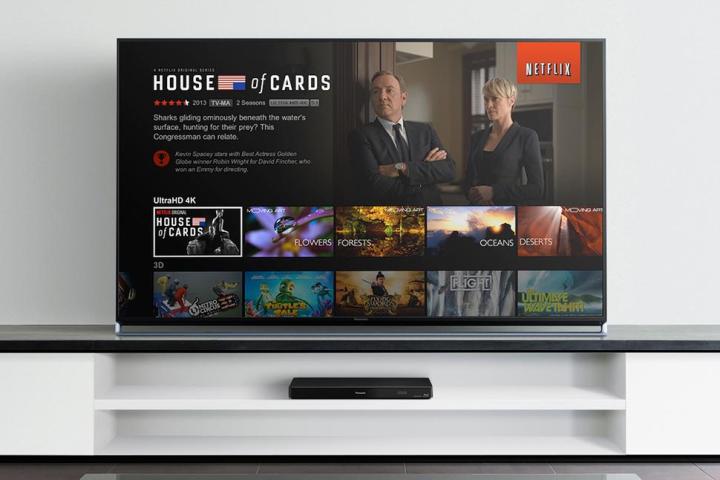
The data suggests that it’s services like Netflix, Amazon Instant Video, and Hulu that are greedily grabbing viewers away from traditional TV. Analysts Anthony DiClemente and Benjamin Black from Nomura Securities called the latest results “one of the worst declines we have seen since we launched coverage of these companies.”
Of course, there are certainly other mitigating factors at work, one of which could be consumers’ unwillingness to pay big bucks anymore for thousands of channels when they only want one or two. Other factors could include a growth in mobile TV offerings, as well as services like YouTube that often showcase the best outtakes from our favorite shows – viewers can watch The Tonight Show nightly, or just check out the YouTube clips of Jimmy Fallon’s latest antics online the next day.
What’s more, Nielsen data isn’t wholly reliable. The system uses a tiny box connected to your television to report viewing habits back to the company. A television might be on all day, but how do you actually know someone is watching and actively engaged with the show? And consumers’ growing consciousness about the environment and saving energy may just see them being far more diligent about clicking that power button when they aren’t actively watching then they ever were before.
That said, there’s no denying that streaming TV is at least one factor impacting the falling linear TV viewership numbers. And really, how can we argue that Netflix’s $1.48 billion in revenue for Q4 2014 hasn’t had an impact?
It’s clear that whether streaming TV is just another motivating factor toward cutting the cord, or the motivating factor, there is something at play here. And linear TV better start shifting that line before it’s too late.
